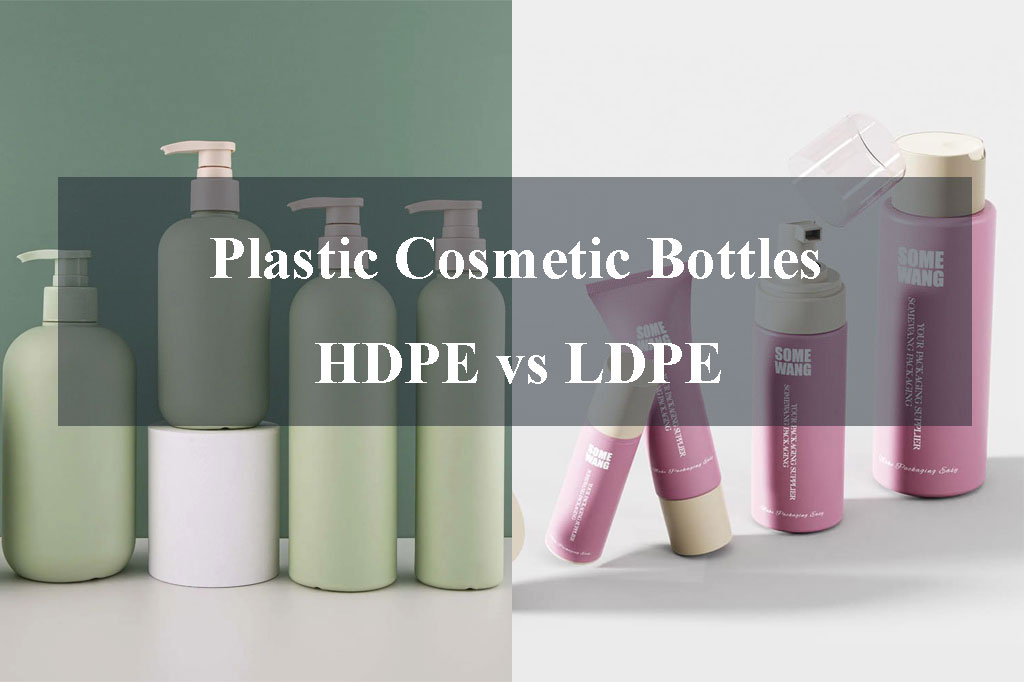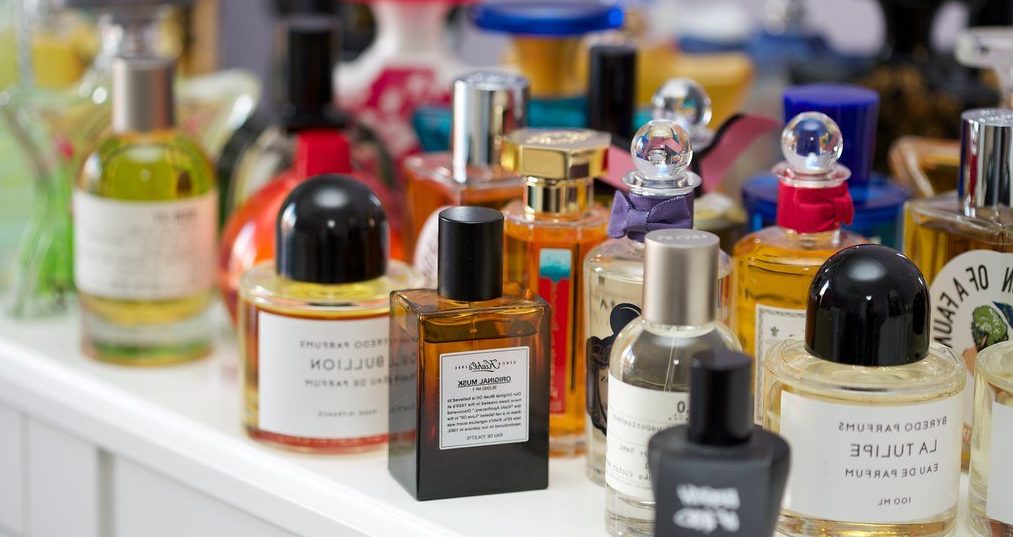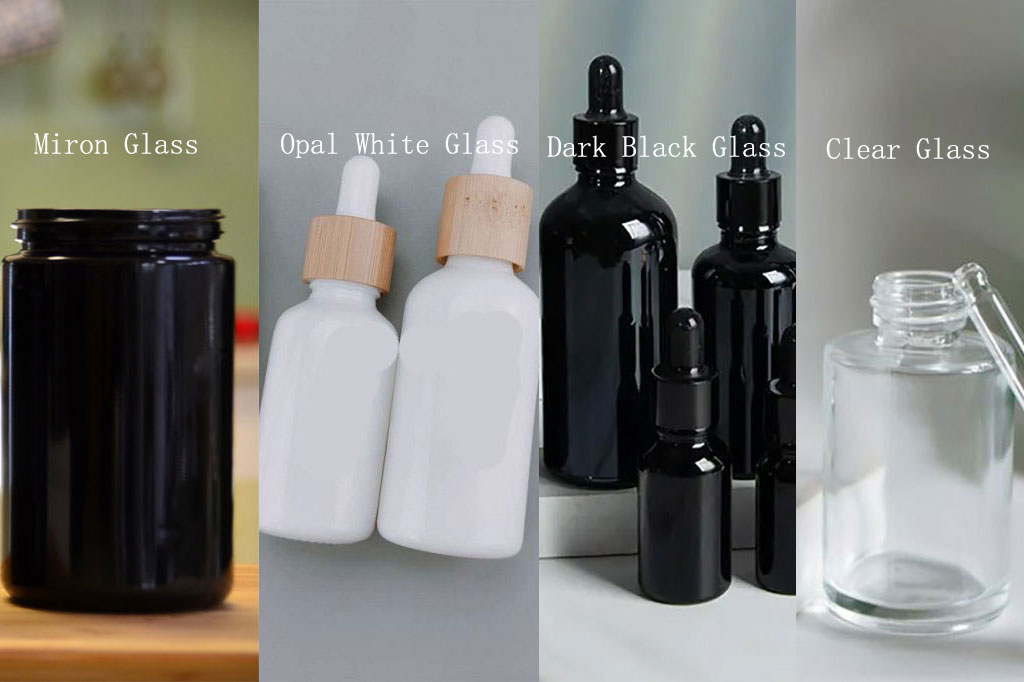Plastic cosmetic bottles come in various materials, each with distinct characteristics that affect durability, flexibility, chemical resistance, and aesthetics.
Two of the most commonly used plastics for cosmetic packaging are High-Density Polyethylene (HDPE) and Low-Density Polyethylene (LDPE). Though both are part of the polyethylene family, each has distinct properties that make them ideal for different cosmetic applications.
This article explores the differences between HDPE and LDPE cosmetic bottles, highlighting their advantages, disadvantages, and best use cases.
What is HDPE?
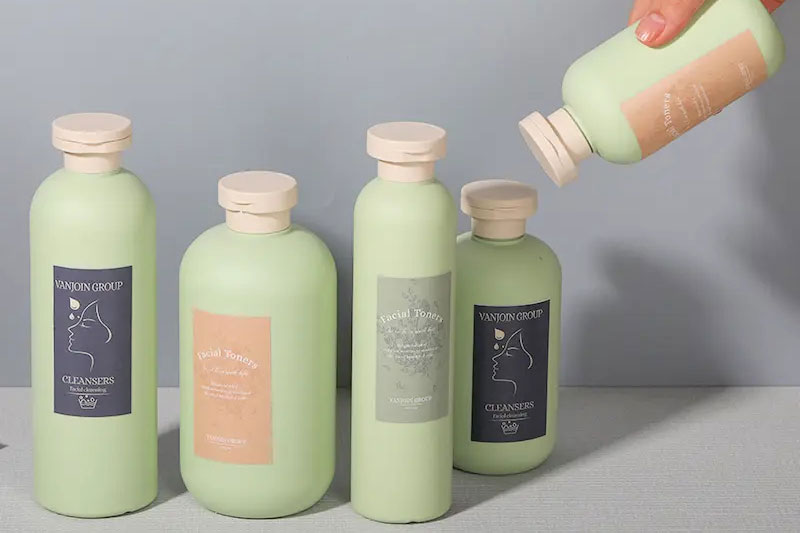
High-Density Polyethylene (HDPE) is a strong, rigid, and durable plastic commonly used in various packaging applications. Derived from petroleum, it features a high strength-to-density ratio.
Key Properties of HDPE:
- Strength and Durability: HDPE has a high molecular density, making it resistant to impact and stress.
- Chemical Resistance: Its exceptional resistance to acids, alcohols, and solvents makes it ideal for cosmetics with potent formulations.
- Rigid Structure: HDPE retains its shape well, making it suitable for bottles that need to maintain structural integrity.
- Recyclability: HDPE is widely recyclable, making it a more environmentally friendly option.
- Matte Finish: Most HDPE bottles have a matte or semi-glossy finish, giving them a professional appearance.
Pros of HDPE Cosmetic Bottles:
- Excellent durability and impact resistance.
- Highly resistant to strong chemicals and solvents.
- Maintains shape and structure well.
- Affordable and cost-effective.
- Widely recyclable, contributing to sustainability.
Cons of HDPE Cosmetic Bottles:
- Less flexible, making it unsuitable for squeeze applications.
- Usually opaque, limiting visibility of the product inside.
- Matte finish may not be preferred for high-end cosmetic products.
HDPE Cosmetic Bottles Are Best Suited For:
- Shampoos and Conditioners: Their rigid structure makes them ideal for products that are dispensed through pumps or flip-top caps.
- Liquid Soaps and Lotions: The chemical-resistant properties of HDPE make it an excellent choice for these types of formulations.
- Serums and Oils: HDPE’s protective barrier ensures that essential oils and active ingredients remain stable.
- Sunscreen Bottles: The ability to withstand exposure to heat and sunlight makes HDPE suitable for sunscreen packaging.
What is LDPE?
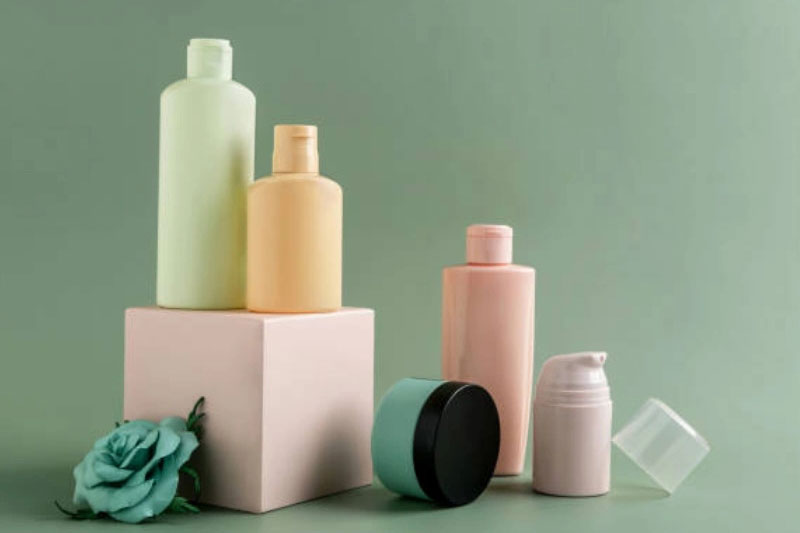
Low-Density Polyethylene (LDPE) is a more flexible, softer plastic, frequently used in squeeze bottles and cosmetic tubes. Its lower density compared to HDPE makes it more pliable.
Key Properties of LDPE:
- Flexibility: LDPE is more pliable than HDPE, making it ideal for squeezable cosmetic bottles.
- Chemical Resistance: It also offers resistance to a range of chemicals, though slightly lower than HDPE.
- Transparency: LDPE tends to be more translucent than HDPE, enabling users to see the contents inside.
- Soft Touch: It provides a softer and smoother feel, making it pleasant to handle.
- Lightweight: LDPE is lighter than HDPE, making it an excellent choice for travel-sized cosmetic packaging.
Pros of LDPE Cosmetic Bottles:
- Highly flexible and easy to squeeze.
- Greater transparency enables customers to monitor the product level.
- Soft and smooth texture enhances user experience.
- Lightweight and ideal for travel-sized cosmetics.
Cons of LDPE Cosmetic Bottles:
- Less rigid, which may affect durability and structure.
- Slightly lower chemical resistance compared to HDPE.
- Less commonly recycled than HDPE.
LDPE Cosmetic Bottles Are Best Suited For:
- Face Wash and Cleansers: The squeezability of LDPE makes it ideal for face cleansers and gels.
- Lotions and Creams: Products that require gentle squeezing, such as hand creams, work well with LDPE packaging.
- Travel-Sized Cosmetics: The lightweight and flexible nature of LDPE make it perfect for small, on-the-go packaging.
- Hair Styling Gels: LDPE allows easy dispensing of gels and creams without excessive force.
HDPE vs. LDPE
| Feature | HDPE | LDPE |
|---|---|---|
| Density | High | Low |
| Strength | Strong and rigid | Softer and more flexible |
| Chemical Resistance | Excellent | Good |
| Transparency | Opaque to semi-transparent | More transparent |
| Flexibility | Rigid | Pliable and squeezable |
| Recyclability | Widely recyclable | Recyclable, but less common |
| Cost | Affordable | Slightly more expensive |
| Best for | Lotions, shampoos, conditioners, liquid soaps | Gels, creams, squeezable tubes, facial cleansers |
Environmental Impact: Which is More Sustainable?
Both HDPE and LDPE are recyclable, but HDPE has a stronger presence in recycling programs worldwide. HDPE is labeled as Recycling Code #2, meaning it is widely accepted at most recycling facilities. LDPE, labeled as Recycling Code #4, is recyclable but less commonly processed due to its softer texture and lower demand in recycling markets.
| Code | Resin Type | Recyclability |
|---|---|---|
| 1 (PET or PETE) | Polyethylene Terephthalate | Widely recyclable |
| 2 (HDPE) | High-Density Polyethylene | Widely recyclable |
| 3 (PVC) | Polyvinyl Chloride | Rarely recycled |
| 4 (LDPE) | Low-Density Polyethylene | Limited recyclability |
| 5 (PP) | Polypropylene | Increasingly recyclable |
| 6 (PS) | Polystyrene | Difficult to recycle |
| 7 (Other) | Mixed Plastics (e.g., Polycarbonate, Bioplastics) | Limited recyclability |
For brands prioritizing eco-friendly packaging, HDPE might be a better choice due to its ease of recyclability. However, advances in bioplastics and compostable materials are also providing new options beyond traditional polyethylene.
Cost Considerations: Which Is More Affordable?
In general, HDPE is more cost-effective due to its widespread use and ease of production. LDPE, while still affordable, can be slightly more expensive due to its lower production volume and the additional processing needed to achieve its flexible properties.
Which One Should You Choose?
The choice between HDPE and LDPE for cosmetic bottles ultimately depends on the product formulation, user experience, and sustainability goals of the brand.
- If you need a rigid, durable, and highly chemical-resistant bottle, HDPE is the best choice.
- If you require a soft, squeezable, and transparent bottle, LDPE is the ideal option.
- If sustainability is a priority, HDPE is the more widely recyclable material.
By carefully evaluating these factors, cosmetic brands can select the most suitable plastic for their packaging needs, ensuring product safety, user convenience, and environmental responsibility.

